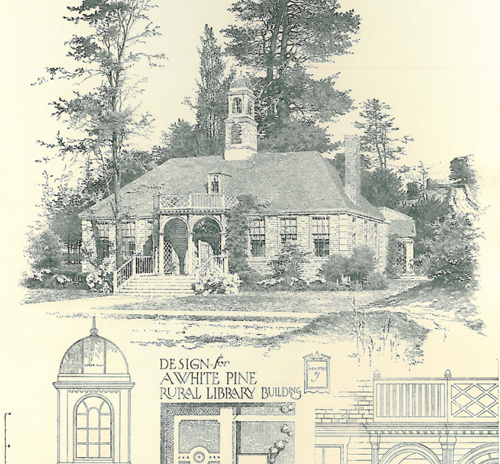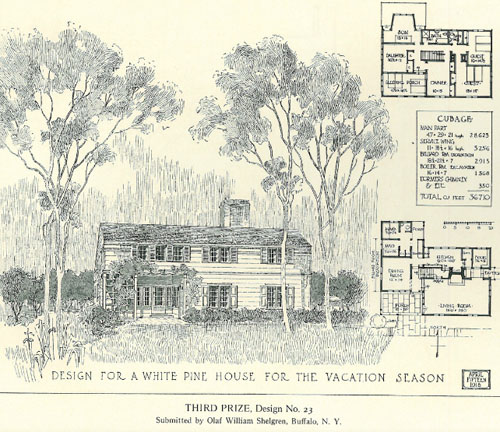Twenty-four woodworkers from 12 different high schools and colleges in the U.S. put their talent on display and won a range of honors and prizes at the 2021 AWFS Fresh Wood Competition, which wrapped up at the end of July. The winning projects included everything from a fun folding chair design to a finely crafted guitar, and from the look of the finalists, it must have been hard for the judges to choose.

The special theme for 2021 is “Remote Woodworking,” asking the entrants to show off what they built while learning remotely during 2020. Categories included seating, tables, case goods, Design for Production and an “anything goes” open category, and the competition judged high school and post-secondary school entries separately. Saying these students produced exemplary items is putting it mildly. Some of these projects are incredibly polished and wildly creative, and you’re going to want to check out every single one, but here are a few highlights.
Best in Show award went to Jinsoo Kim, a student at the Center for Furniture Craftsmanship, for an elegant table that also won First Place in the post-secondary Case Goods and Tables category of the competition.

Mohammed Al-Yaseen of Lincoln East High School won the People’s Choice Award for his high school project The Nest, an ergonomic chair that unfolds to cup a seated user and then folds completely flat.

A similarly functional flat-pack design netted First Place in the Design for Production – High School Category: the Lumbarest by Josiah Miles, also a student at Lincoln East High School.

How cool is this Modernist piece? The Revolution Mirror by Susan Kokoski of SUNY Buffalo State College received Second Place in the Open Category – Post Secondary.


It’s always amazing when high school woodworkers are able to put the rest of us to shame. Katie Farnsworth of Corner Canyon High School did just that with her Sundown guitar, which won First Place in the Open Category – High Schools, as did Jacob Farnsworth from the same school with Contemporary Table.

The delicate, finely detailed nature of the Abulafia Lectern by Dotan Appelbaum of the Center for Furniture Craftsmanship earned its creator First Place in the Open category – Post Secondary.























